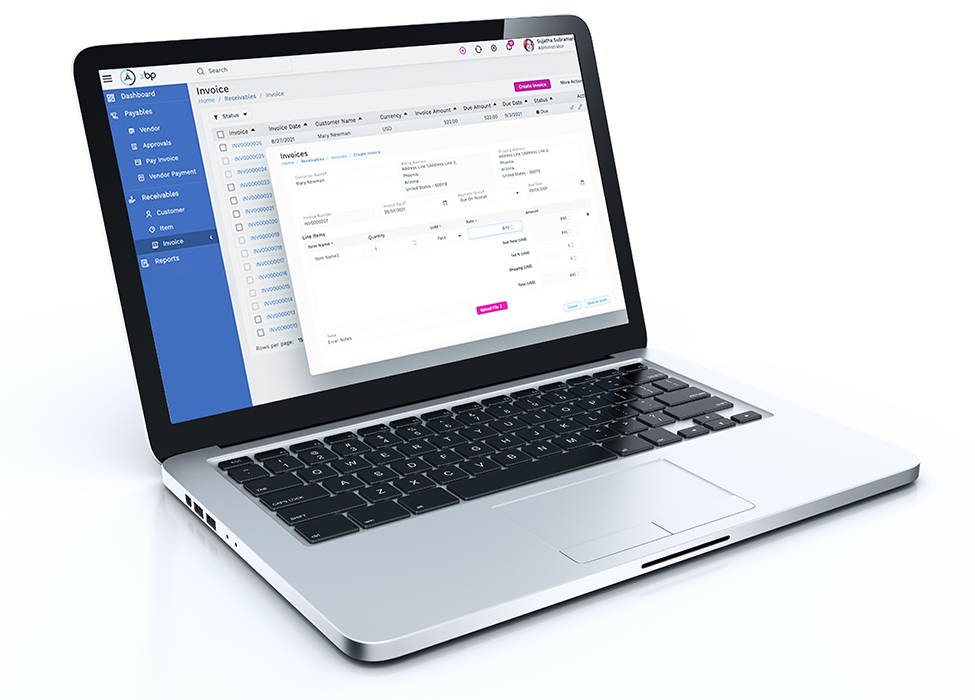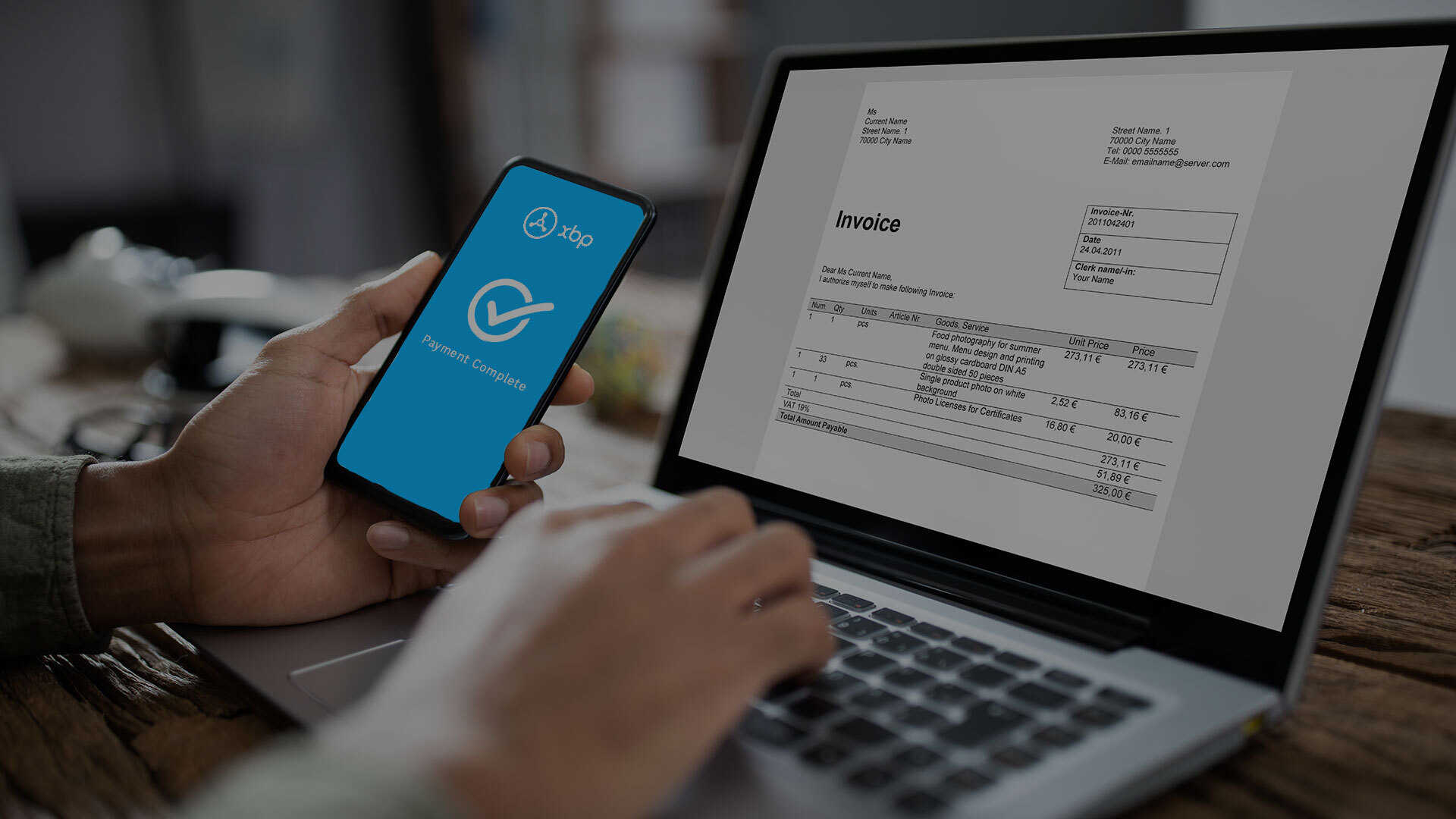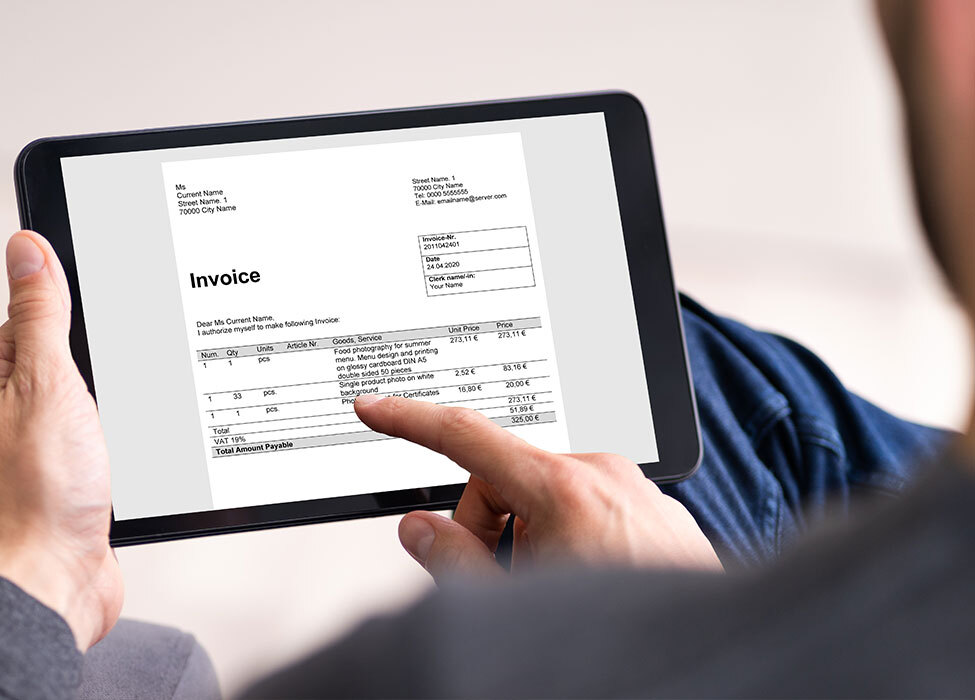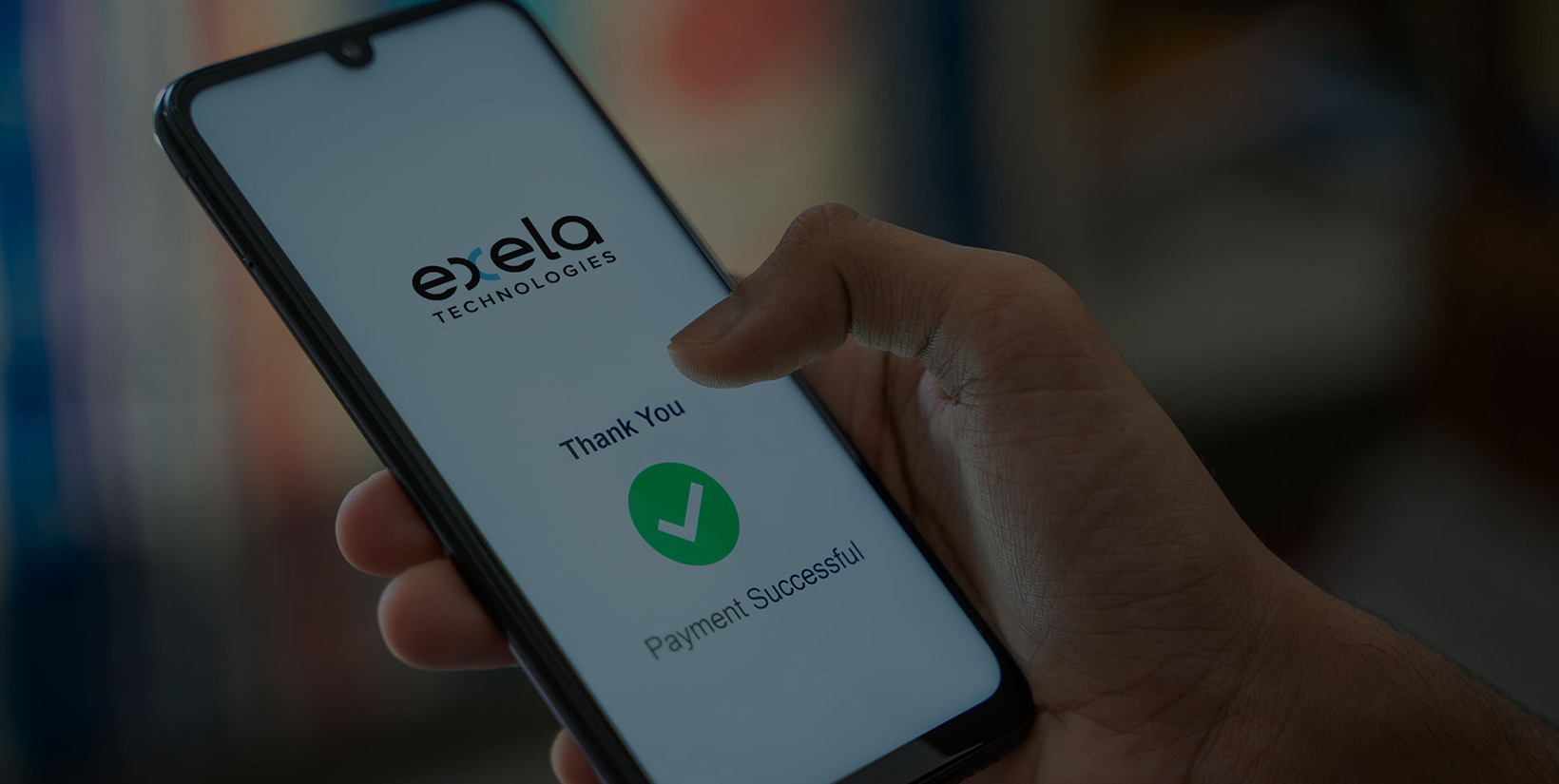Integrating AI and Machine Learning in Your Liquidity Management Strategy


Businesses are constantly seeking innovative solutions to enhance liquidity management. The advent of Artificial Intelligence (AI) and Machine Learning (ML) has brought about a paradigm shift in how organizations approach financial strategies. This blog explores the integration of AI and ML in liquidity management, with a spotlight on Exela's cutting-edge digital payments solution.
Understanding Liquidity Management
Liquidity management involves maintaining a balance between a company's assets and liabilities to ensure smooth day-to-day operations. Efficient liquidity management is crucial for businesses to meet short-term financial obligations, capitalize on opportunities, and mitigate risks.
Liquidity management, in simple terms, refers to the process of monitoring, controlling, and optimizing the availability of cash and other easily convertible assets within a business or organization. The goal is to ensure that there is enough liquid capital to meet short-term financial obligations, handle day-to-day operational expenses, and take advantage of opportunities while minimizing the risk of insolvency. Effective liquidity management is crucial for maintaining financial stability and supporting the smooth functioning of a business.

The Role of AI and ML in Liquidity Management
AI and ML technologies have emerged as game-changers in the financial industry. By analyzing vast datasets and identifying patterns, these technologies offer invaluable insights to optimize liquidity management strategies. Here are some key ways AI and ML contribute to effective liquidity management:
Predictive Analytics: AI algorithms can analyze historical data to predict future cash flow trends accurately. This enables businesses to anticipate liquidity needs and proactively plan for contingencies.
Risk Management: ML models can assess various risk factors and predict potential liquidity challenges. By identifying and mitigating risks in real-time, organizations can safeguard their financial stability.
Automation of Routine Tasks: AI-powered automation streamlines routine liquidity management tasks, reducing the margin for error and freeing up resources for more strategic initiatives.
Scenario Analysis: ML algorithms can simulate different financial scenarios, allowing businesses to assess the impact of various economic conditions on liquidity. This foresight enables proactive decision-making.
Exela's XBP Digital Payments Solution:
Seize control of your liquidity management with Exela's XBP digital payments solution. The platform establishes a unified hub where billers and payers seamlessly communicate and transact, facilitating real-time transactions with efficiency and precision. By leveraging direct messaging for billing and payment processes, the XBP solution not only expedites payments but also proactively addresses potential delinquencies, ensuring a seamless payment experience.
Furthermore, the system generates a transparent and auditable trail throughout the payment cycle, enhancing accountability and reducing the likelihood of errors. The innovative platform leverages AI and ML to revolutionize how businesses handle digital payments and optimize cash flow.

Key Features of XBP Digital Payments Solution
Real-Time Transaction Monitoring: XBP provides real-time monitoring of financial transactions, allowing businesses to have a clear and up-to-date view of their liquidity position.
Predictive Cash Flow Analysis: The solution incorporates advanced predictive analytics to forecast future cash flows, helping organizations plan ahead and make informed financial decisions.
Automated Payment Processing: With AI-driven automation, XBP simplifies and accelerates the payment processing cycle, reducing manual errors and improving overall efficiency.
Intelligent Risk Management: XBP's ML algorithms continuously assess risk factors, providing insights that enable organizations to proactively address potential liquidity challenges.

The Future of AI and ML in Liquidity Management
Integrating AI and ML into liquidity management strategies is no longer a luxury but a necessity for businesses looking to thrive in today's competitive financial landscape. Exela's XBP Digital Payments Solution stands out as a frontrunner in this space, offering a comprehensive and advanced platform to optimize liquidity management. By harnessing the power of AI and ML, businesses can not only survive but thrive, ensuring a resilient and forward-thinking approach to financial management.
In an era of unprecedented data availability, the call for treasury and finance departments to adopt AI and ML has never been more urgent. Transitioning away from manual processes not only simplifies the tasks of treasury professionals but also enhances accuracy, thereby benefiting the entire organization.
Want to learn more about how you can improve your liquidity? Get in touch with us.










